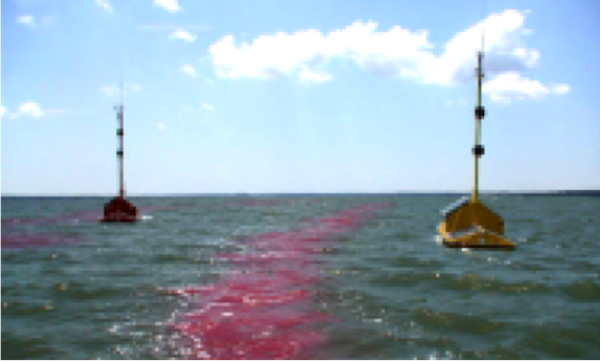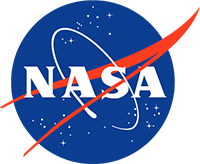Skip to main content
Code 587 Technologies and Products
Adaptive Sensor Fleet (ASF)
Principal Investigator (PI)
Description and Objectives
- Cross-Platform Solution for Performing Heterogeneous Fleet Control and Monitoring to Accomplish High-Level Science Goals.
- Demonstrate Goal-Oriented Commanding to Autonomously Task and Control a Fleet of Instruments and Sensors, and Respond to a Dynamic Environment.
- Allow Scientists to Optimally Plan Observations, and Conduct "What If" Scenarios, in a Simulated Environment.
- Lay the Foundation for a Dynamic "Sensor Web" using Stationary, Surface Moving (Water or Land), Airborne, and Spacecraft Instruments to Generate a Dynamic Network of Sensors to Achieve the Science Goals.

Telesupervised Adaptive Ocean Sensor Fleet investigating a Harmful Algal Bloom (simulated with water-tracing dye).
Technical Approach
- Autonomous Responses and Adaptation to Dynamic Environments.
- Autonomous Identification of Science Phenomena.
- Demonstrate sensor web concepts.
Main Innovation(s)
- Improve in-situ study of Harmful Algal Blooms (HAB), coastal pollutants, oil spills, and hurricane factors.
- Expand data-gathering effectiveness and science return of existing NOAA OASIS (Ocean Atmosphere Sensor Integration System) surface vehicles.
- Establish sensor web capability combining ocean-deployed and space sensors.
- Provide manageable demands on scientists for tasking, control, and monitoring.
Infusion Potential
- Applicable to any distributed suite of sensors/sensor webs.


